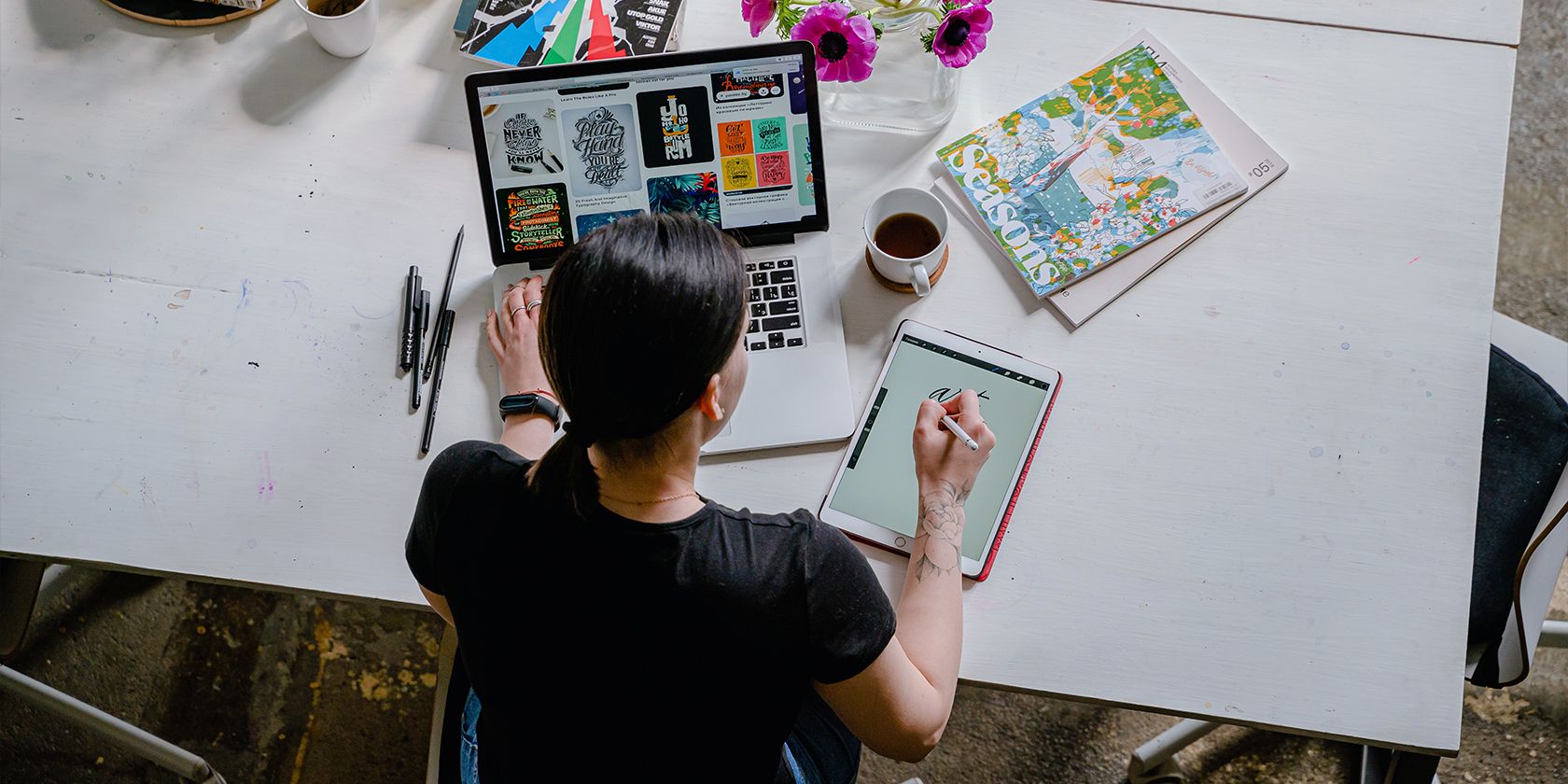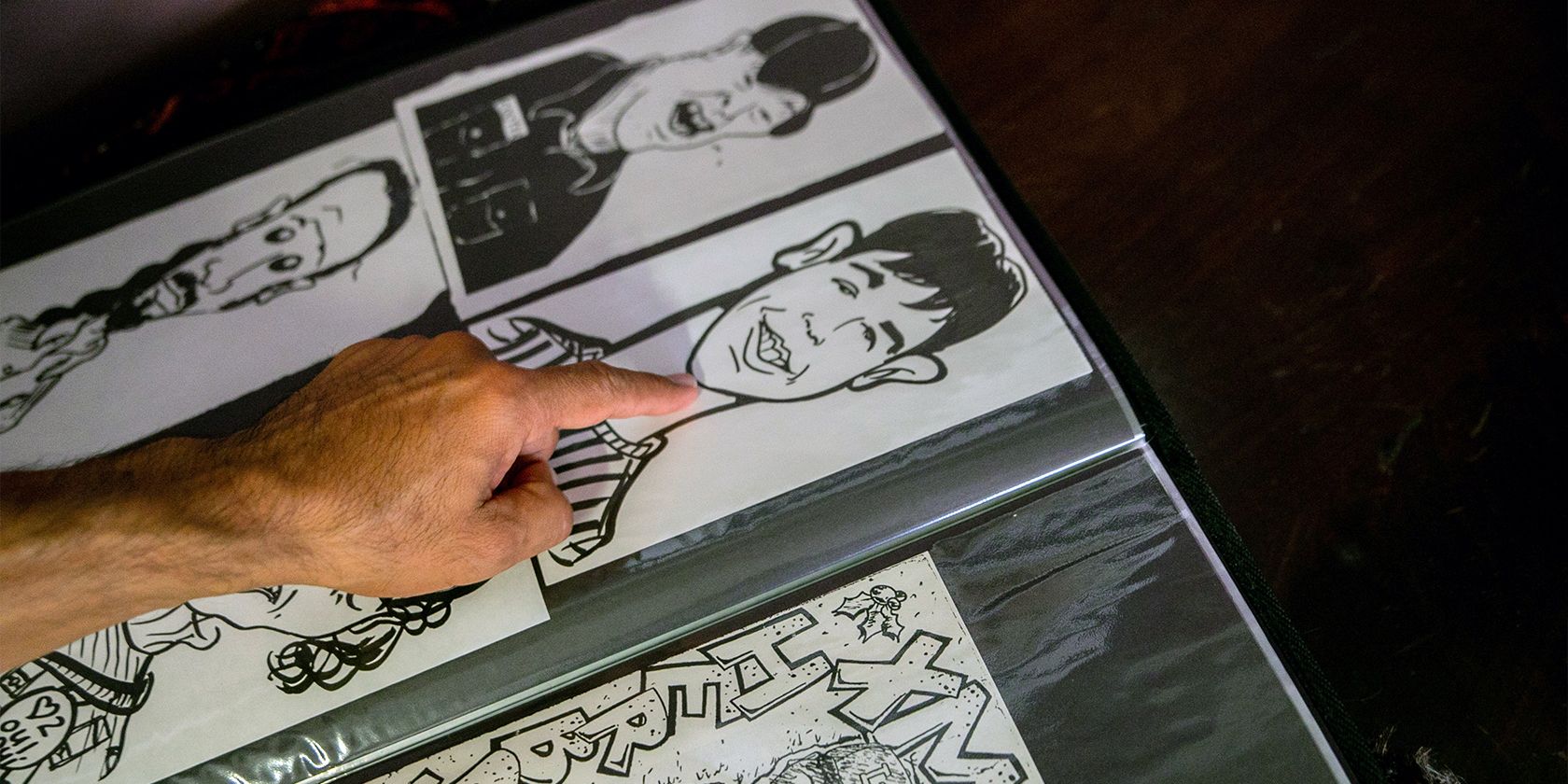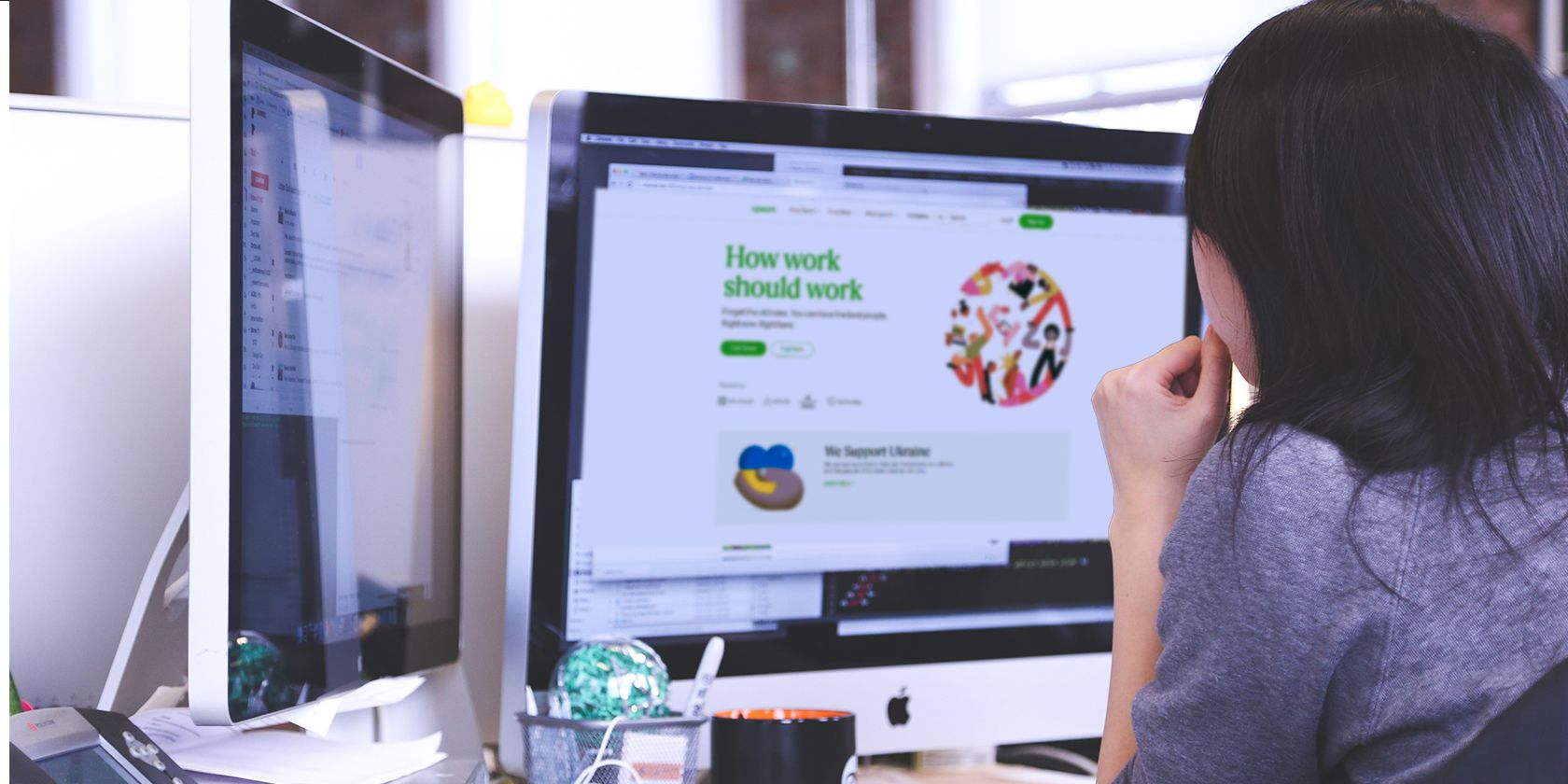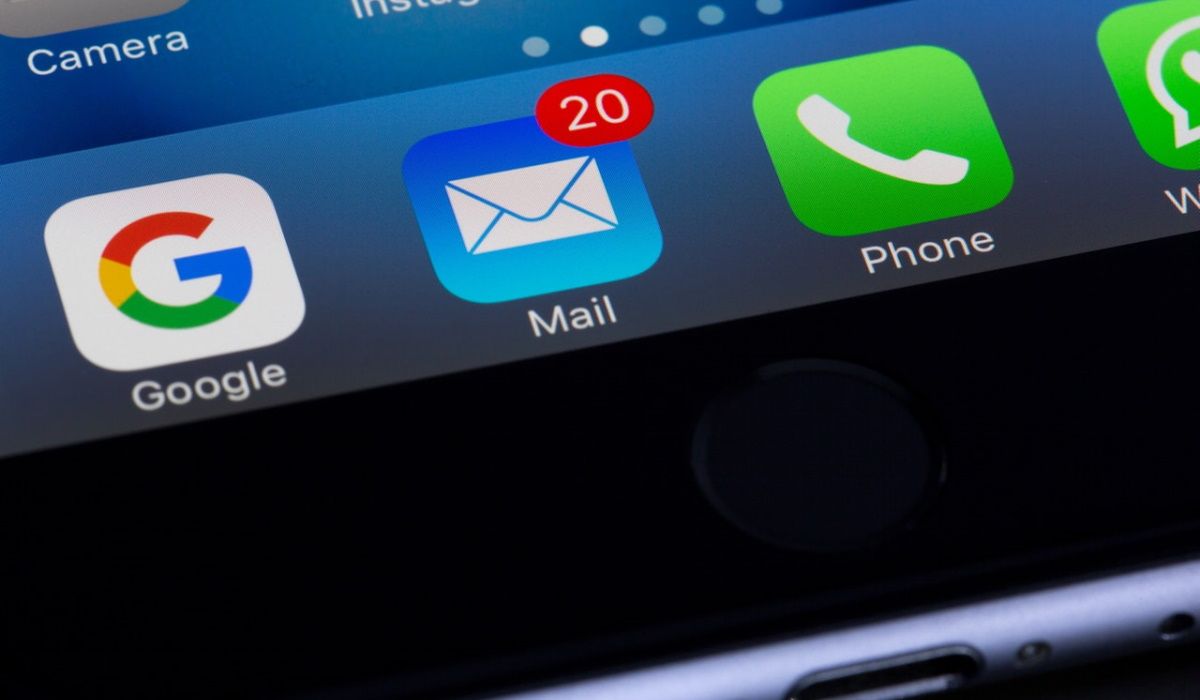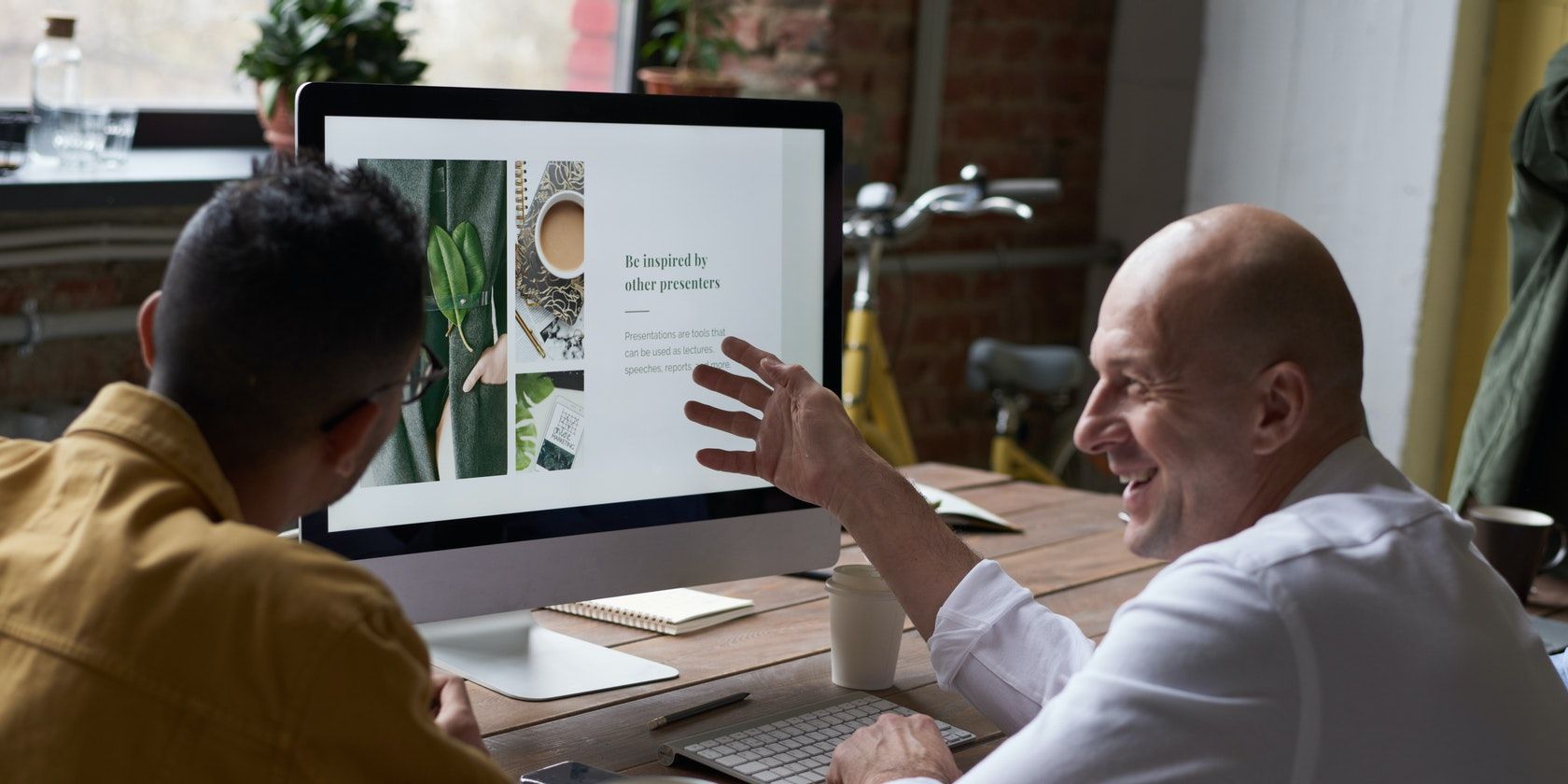It’s challenging to start a freelance career, especially in the graphic design space. You’ll likely contend against stiff competition and demanding clients, or you probably don’t even know where to start.
So, if you’re planning to pursue your passion, here are some tips to get you started.
1. Don’t Jump in Feet First
While this applies to any new career in general, you should be wiser when starting as a freelance graphic designer, especially if you’re transitioning from the corporate world. That’s because being an employee is a totally different world from being a freelancer.
While you have a steady stream of income and benefits when you’re at your 9 to 5 job, the freelancing industry does not offer any. Instead, your salary will depend on the projects you take on for the month, and you’ll have to pay for your benefits out of pocket.
So, before you start, ensure that you have enough cash in your savings. Even if things don’t go the way you envision them immediately, you can live without worrying about your survival.
2. Build a Diversified Portfolio
If you’re going to ask people to pay for your services, you have to ensure that you have something to show. There are also a million different possible projects out there, so it’s best to build a diversified portfolio that showcases everything you can do.
Your portfolio will show the client your work quality, style, and skill. Furthermore, building your portfolio as a graphic designer will improve your output, especially as you make more creations.
3. Advertise Yourself on Social Media
Don’t forget to place your portfolio in a public space. It can be through Facebook or Instagram, or you can post them on specialized art platforms like Deviant Art or Pixiv. A curated gallery of your finest work is the best way to advertise yourself, as they speak volumes about what you can do.
You can also post short videos of how you make your creations on TikTok or Reels. Many people are interested in seeing your process and the final output you produce. By gathering as many followers as possible, you showcase your work to more possible clients.
Also, there might be people in your network who need or will need a graphic designer. By making yourself known in your space as a graphic designer, you’ll be one of the first people they’ll think of when they need one.
4. Find Clients on Freelance Platforms
When you don’t know where to start looking for clients, the best starting place is to find them where they are. These can be freelancing platforms like Upwork or Fiverr, but they can also be professional networking platforms like LinkedIn.
Whatever platform you choose, you must ensure that your profile is set up properly. After all, clients will want to see the skills and capabilities of the people they hire. And you must also consider that you’re competing against hundreds, if not thousands, of fellow freelance graphic designers.
You should also join graphic designer groups on social media platforms that you’re on. That way, you can expose yourself to fellow freelancers. You might even land a client or two there via referrals.
5. Be a Professional Communicator
When you’re running your own business, you should communicate professionally. That means, you must know how to effectively talk to your clients—ensuring everything is clear and nothing gets lost in translation. If there’s something unclear in your conversation, don’t guess. Instead, ask for clarification.
You must also respond to messages and queries within 24 hours of a business day. After all, your possible clients are also time-bound, and they’re probably in contact with other freelancers, too. So, if you want to get this project in the bag, respond on time.
6. Under Promise, Over Deliver
Nobody wants the frustration of missed expectations. So, when you’re working with a client, it’s best to set goals you know are well within your means, plus some leeway for the unexpected. For example, if a graphic design project takes you three days, tell the client it will take you five days. Or, if you can accept five revisions, tell the client you only do three.
That way, when you finish early, like two days, your clients will be pleasantly surprised. Or, when your client asks for a minor revision, but for the fourth time, you can still do it for free without getting bad feelings from the client.
When you go the extra mile, you’ll leave a possible impression with your client, thus keeping their door open for repeat business. Furthermore, they might even refer you to their friends and associates, giving you access to a broader client base.
7. Have a Reasonable Workload
One of the missteps many new freelancers make is taking on too many projects. When you’re finally landing clients, you might feel as if you can do everything and end up with deadlines that are too close to each other.
When that happens, you’ll have to rush the work you’re doing, which could lead to subpar work, missed deadlines, and dissatisfied clients. You should always add a safety margin to your deadlines, ensuring that you don’t run into problems.
Furthermore, if you’re taking on too many projects, your rate might be too low for your skill. Consider increasing your charge a bit; that way, you’ll lessen your load while increasing your income. Alternatively, hire an assistant graphic designer who’ll help you get more work done in the same amount of time.
8. Feedback Matters
Whenever you submit a proposal or finish a project with a client, you should always ask for their comments and suggestions. Even if you weren’t successful in landing a project, knowing what the client thinks will help you improve your output.
By asking for their thoughts, you’ll know what clients want and need, thus allowing you to incorporate it into your offer and workflow with future clients. With that, you’ll have continuous growth and improvement as you move forward in your freelance graphic designer career.
Start Your Freelance Graphic Designer Career
Freelancing is a totally different ball game from corporate employment, but it’s a rewarding career nonetheless. While you may lose some of the guarantees of a 9 to 5 job, like paid leaves, bonuses, and the like, having the ultimate control of your salary and time is one of its best perks.
Many have made successful careers out of freelancing. Maybe it’s time you find your success, too. You don’t need online freelancing experience to start; after all, we all have to start somewhere. Nevertheless, it’s great to have a guide to help you take the first step.

